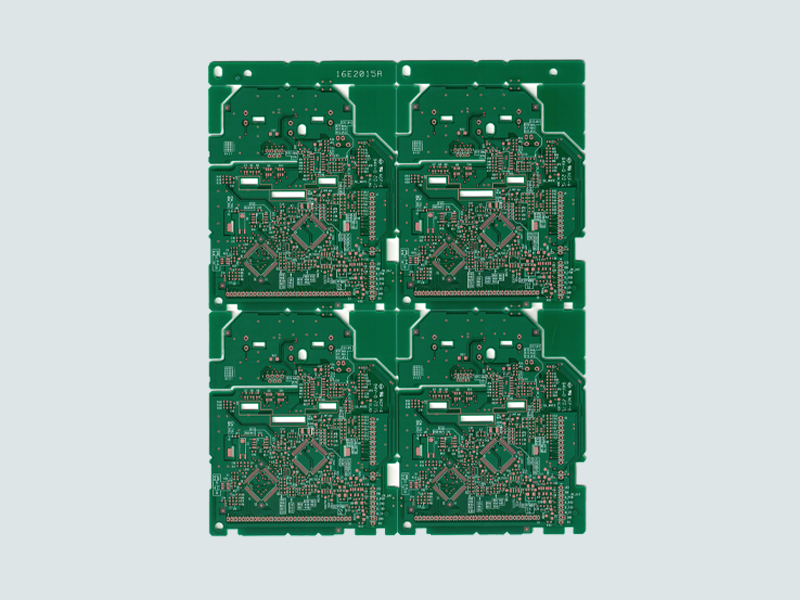board introduction: according to brand quality level from bottom to top: 94HB-94VO-Cem-1-Cem-3-FR-4
Detailed parameters and uses are as follows:
94HB: Ordinary cardboard, non-fireproof (lowest grade material, die punching, can't be used as power board)
94V0: Flame retardant board (die punching)
22F: Single side half fiberglass (die punching)
Cem-1: single-sided glass fiber board (must be drilled by computer, can not die)
Cem-3: double-sided glass fiber board (in addition to double-sided cardboard belongs to the lowest end of the double panel material, simple double panel can use this material, 5~10 yuan cheaper than FR-4 / square meter)

Fr-4: Double-sided fiberglass board
1. The classification of flame retardant characteristics can be divided into four kinds of 94VO-V-1-V-2-94Hb
2. Semi-cured tablet: 1080=0.0712mm, 2116=0.1143mm, 7628=0.1778mm
3. FR4 CEM-3 all refer to plates, FR4 is glass fiber board, cem3 is composite substrate
4. Halogen-free refers to the base material that does not contain halogens (fluorine, bromine, iodine and other elements), because bromine will produce toxic gas when burning, and environmental protection requirements.
5. Tg is the temperature at which glass converts, or the melting point.
6. The circuit board must be flame resistant and cannot burn at a certain temperature, but can only soften. This temperature point is called glass state transition temperature (Tg point), this value is related to the size and durability of PCB board.
What is high Tg? Advantages of PCB and high Tg PCB:
When the temperature of high Tg printed circuit board rises to a certain threshold, the substrate will change from "glass state" to "rubber state", and the temperature at this time is called the glass transition temperature of the board (Tg). In other words, Tg is the highest temperature (° C) at which the substrate remains rigid. In other words, ordinary PCB substrate materials constantly produce softening, deformation, melting and other phenomena at high temperature, and also show a sharp decline in mechanical and electrical characteristics, which affects the service life of products. The general Tg plate is above 130℃, the high Tg is generally greater than 170℃, and the medium Tg is about greater than 150℃. Usually, PCB with Tg≥170℃ is called high Tg PCB; The Tg of substrate is improved, and the heat resistance, moisture resistance, chemical resistance, stability and other characteristics of printed board will be improved and improved. The higher TG value, the better the temperature resistance of plate, especially in the lead-free process, high TG is used more; High Tg refers to high heat resistance.
With the rapid development of the electronic industry, especially the electronic products represented by computers, they are developing towards high functionalization and high multilayer, which requires the higher heat resistance of PCB substrate materials as the premise. The appearance and development of high density installation technology represented by SMT and CMT make PCB more and more dependent on the support of high heat resistance of substrate in small aperture, fine line and thin form.
Therefore, the difference between general FR-4 and high Tg is that the mechanical strength, dimensional stability, adhesion, water absorption, thermal decomposition, thermal expansion and other conditions of the material are different under high temperature, especially under heat after hygroscopicity. High Tg products are obviously better than ordinary PCB substrate materials.

